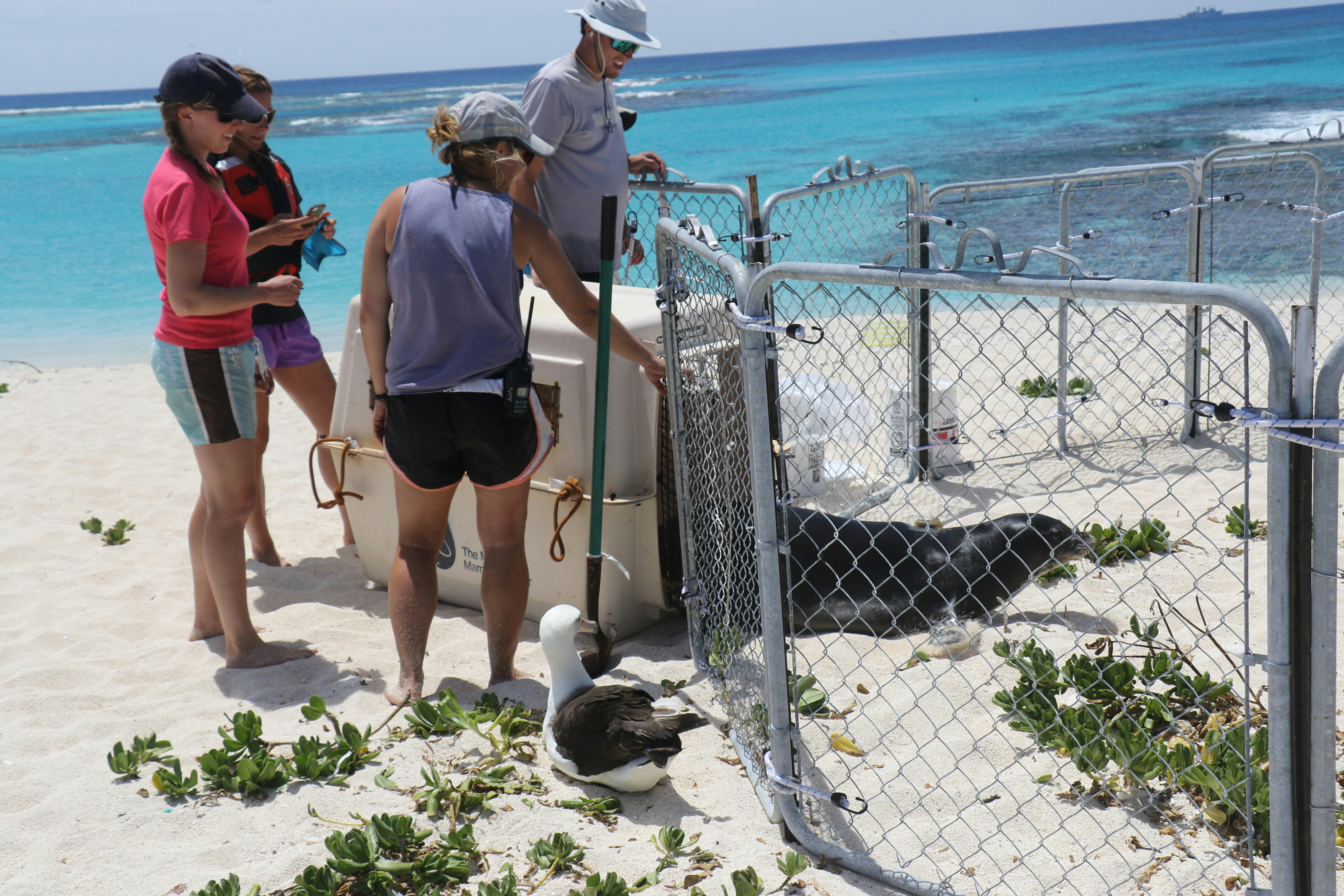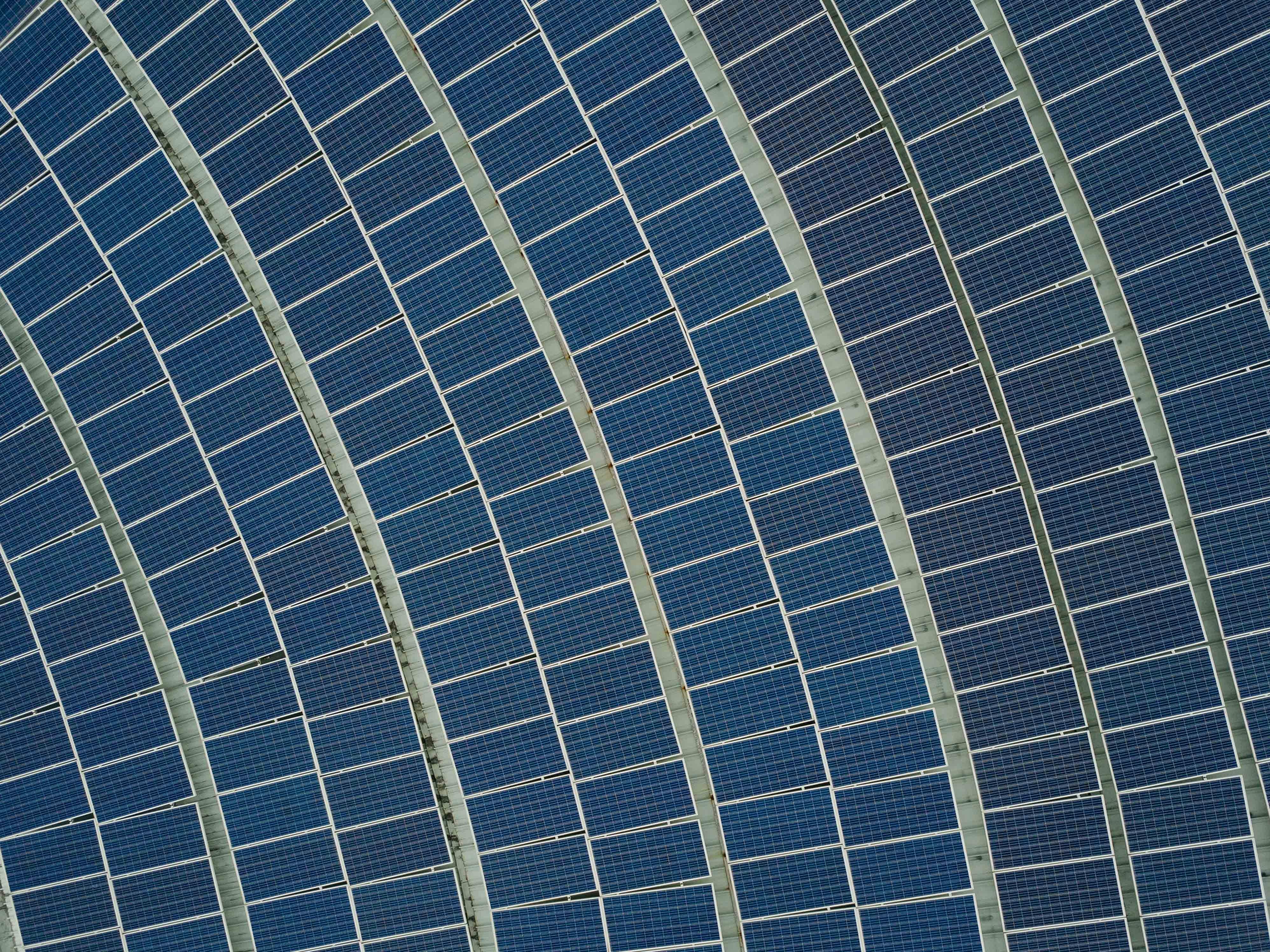As the sun sets on traditional energy sources, a new dawn rises over the world’s shimmering waters, where solar panels float gracefully atop lakes, reservoirs, and coastal areas. This innovative approach, known as floating solar, promises to revolutionize the renewable energy landscape, offering a sustainable solution to the ever-growing demand for clean power. However, beneath the tranquil surface lies a sea of questions and concerns about the potential impact on marine ecosystems. In this article, we delve into the depths of this emerging technology, exploring whether the rise of floating solar is a beacon of hope for a greener future or a looming threat to the delicate balance of aquatic life. Join us as we navigate the waters of innovation and ecology, seeking to uncover the truth beneath the waves.
Navigating the Environmental Impact of Floating Solar Panels
Floating solar panels have emerged as a revolutionary solution for renewable energy, efficiently utilizing water bodies while conserving valuable land resources. However, their installation and operation can pose several challenges to marine ecosystems. Potential impacts include alterations in aquatic habitats, disruption of water flow, and changes in water temperature and oxygen levels. These effects can influence aquatic flora and fauna, with consequences that ripple through the entire ecosystem.
- Habitat Alteration: The shading effect from panels can limit sunlight penetration, affecting photosynthesis in aquatic plants.
- Water Quality: Reduced light can lower water temperature, impacting species that rely on specific thermal conditions.
- Ecosystem Balance: Changes in water flow and oxygen levels can disrupt the natural balance, affecting species diversity.
Balancing the benefits of clean energy with ecological preservation is crucial. Innovative designs and careful site selection are essential strategies in mitigating these impacts, ensuring that the shift towards sustainable energy does not come at the cost of marine biodiversity.

Balancing Renewable Energy Goals with Marine Biodiversity
The burgeoning development of floating solar technologies offers a promising avenue for sustainable energy, yet it raises pressing questions about its implications on marine life. Unlike land-based solar farms, these installations are designed to float on bodies of water, potentially impacting aquatic habitats. The shading effect from panels can alter water temperature and light penetration, crucial factors for the photosynthesis of aquatic plants and the life cycles of fish and other marine organisms.
- Disruption of Natural Habitats: Floating solar arrays can lead to habitat displacement for species that rely on open water surfaces.
- Alteration of Water Quality: Changes in water temperature and chemistry might affect the growth of algae, which forms the base of many aquatic food chains.
- Impact on Biodiversity: Some species may thrive under the new conditions, while others may be driven out, leading to shifts in local biodiversity.
To mitigate these effects, environmental assessments and innovative design solutions are crucial. By integrating ecological considerations into the planning and deployment of floating solar farms, it is possible to find a harmonious balance that supports both renewable energy ambitions and the preservation of marine biodiversity.

Innovative Solutions to Mitigate Ecological Risks
Floating solar technology, a burgeoning trend in renewable energy, offers a promising solution for addressing the dual challenges of energy production and space constraints. By harnessing the vast expanses of water bodies, floating solar panels can generate electricity without consuming valuable land resources. However, this innovative approach raises important ecological considerations that must be addressed to ensure harmony between energy needs and marine ecosystems.
- Shading Effects: The deployment of floating solar panels can alter the natural light penetration in water bodies, potentially affecting aquatic plants and organisms dependent on sunlight.
- Temperature Changes: The presence of solar arrays might influence water temperature, which could impact species sensitive to thermal shifts.
- Habitat Disruption: The construction and maintenance of these installations might disturb existing habitats, requiring careful planning to minimize impact.
- Water Quality: Any materials or chemicals used in the panels could pose risks if they leach into the water, necessitating stringent environmental safeguards.
To navigate these challenges, a balanced approach is essential, integrating rigorous environmental assessments and innovative design solutions. By doing so, the potential of floating solar can be harnessed effectively while preserving the delicate balance of marine ecosystems.

Sustainable Practices for Harmonious Coexistence
As floating solar farms gain traction, the conversation surrounding their ecological impact is crucial. Sustainable practices are essential to ensure these innovations contribute positively to both energy generation and marine life preservation. Implementing environmentally-conscious strategies can help mitigate potential threats. Here are some practices that can promote a harmonious balance:
- Site Selection: Choosing locations with minimal ecological significance reduces the disturbance to sensitive marine habitats.
- Design Adaptations: Incorporating adjustable panels that allow light penetration can help sustain aquatic plant life.
- Monitoring Systems: Installing sensors to track water quality and marine biodiversity ensures that any adverse impacts are promptly addressed.
By integrating these sustainable measures, the floating solar industry can foster a symbiotic relationship with marine ecosystems, aligning technological progress with environmental stewardship.
To Wrap It Up
As the sun dips below the horizon, casting a golden shimmer across the water, the conversation surrounding floating solar arrays continues to ripple through the realms of innovation and ecology. While these solar islands promise a cleaner, more sustainable energy future, they also beckon us to tread thoughtfully upon the delicate balance of marine ecosystems. As we navigate this uncharted territory, the symbiosis between technological advancement and environmental stewardship becomes ever more crucial. Whether these solar sentinels emerge as guardians of our planet or inadvertent disruptors lies in our hands. The narrative of floating solar is still being written, and its impact on the marine world will depend on the choices we make today. As we sail forward, let us be guided by both curiosity and caution, ensuring that the light we harness does not cast shadows over the life teeming beneath the waves.

































